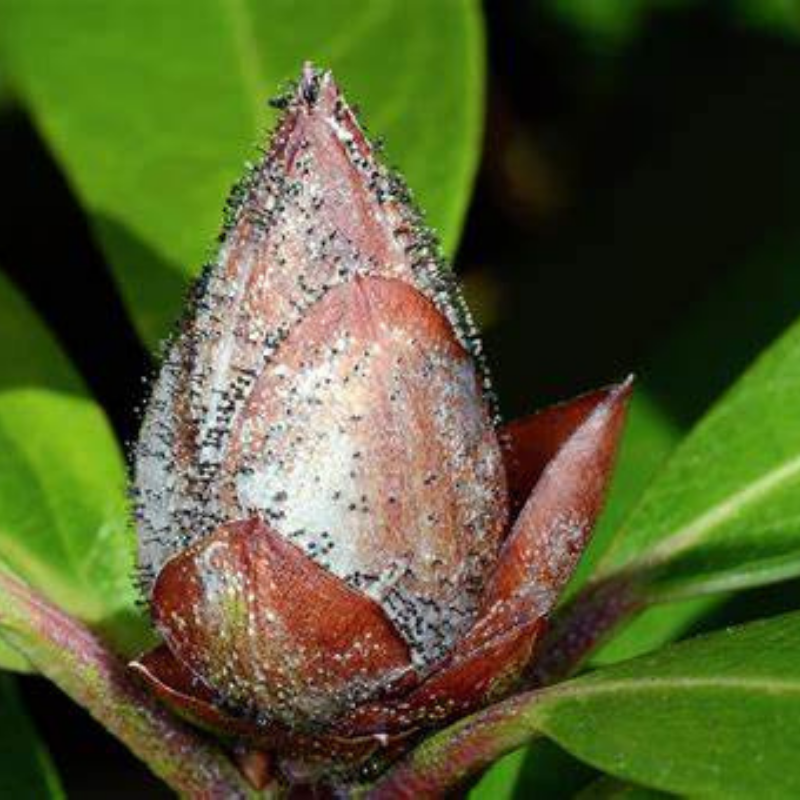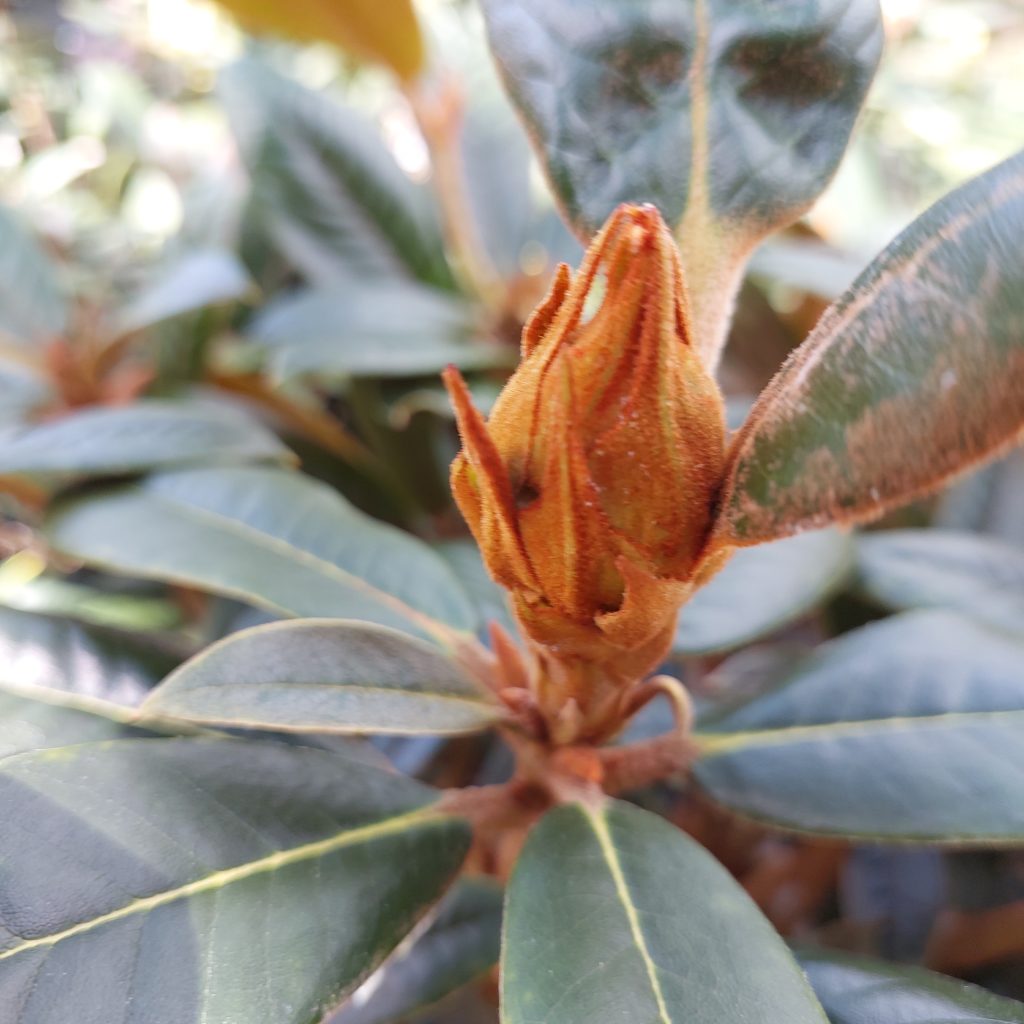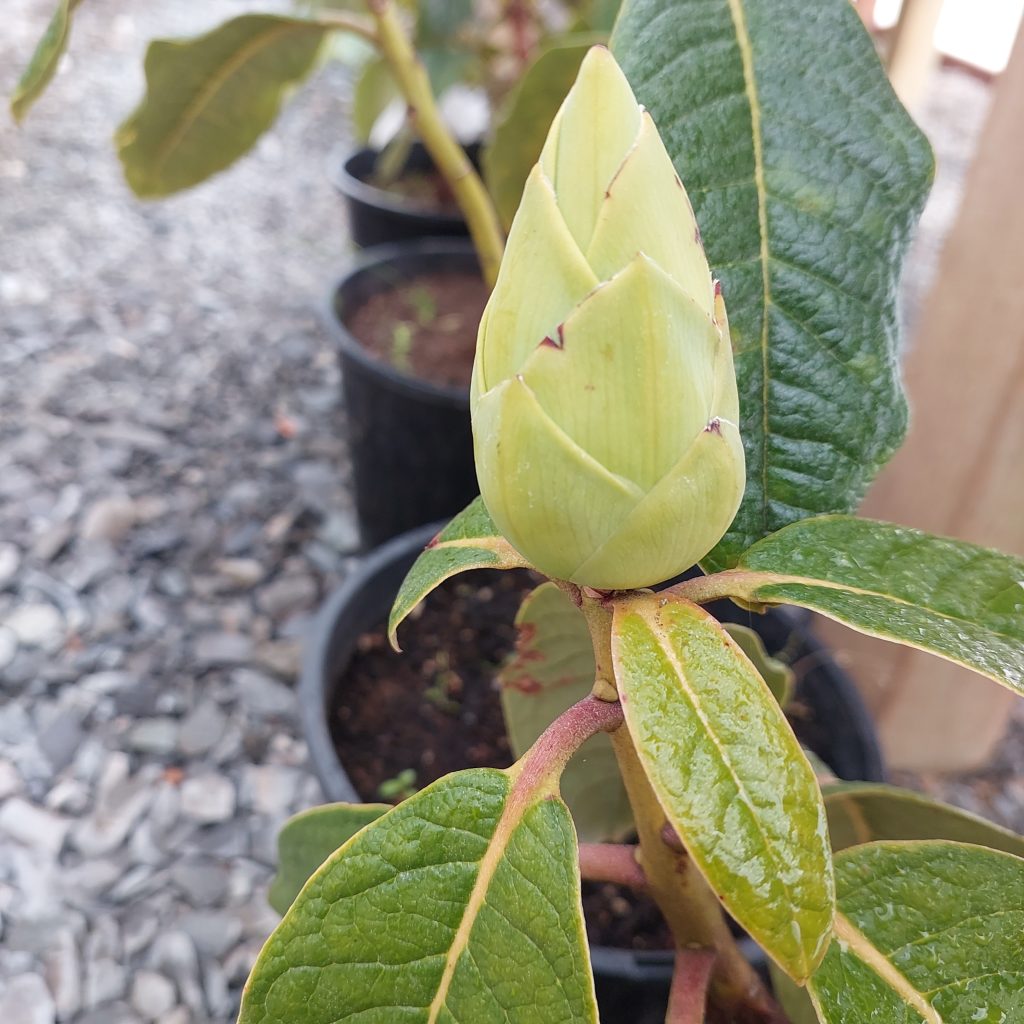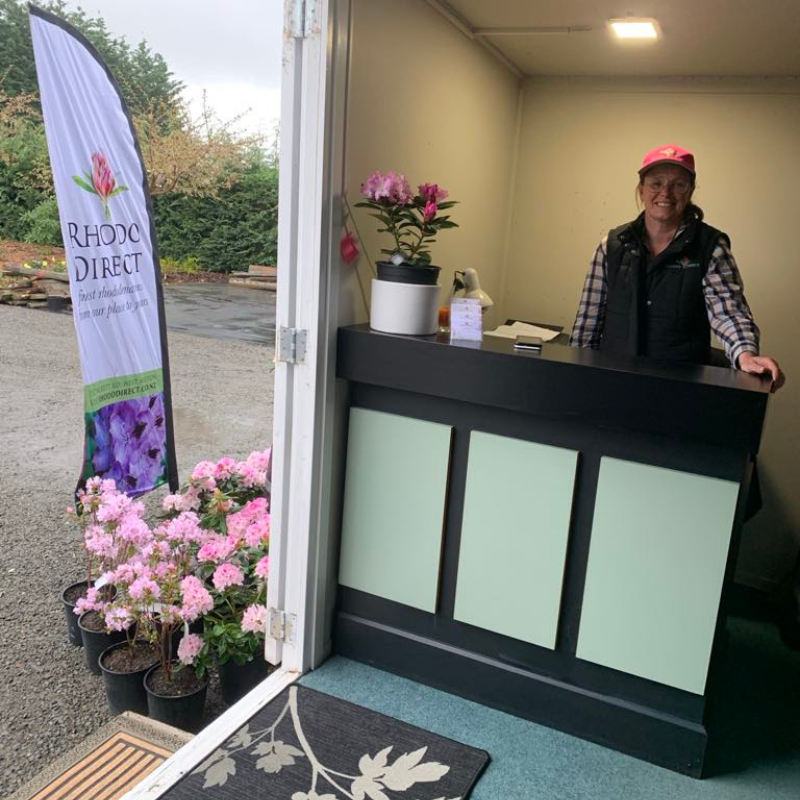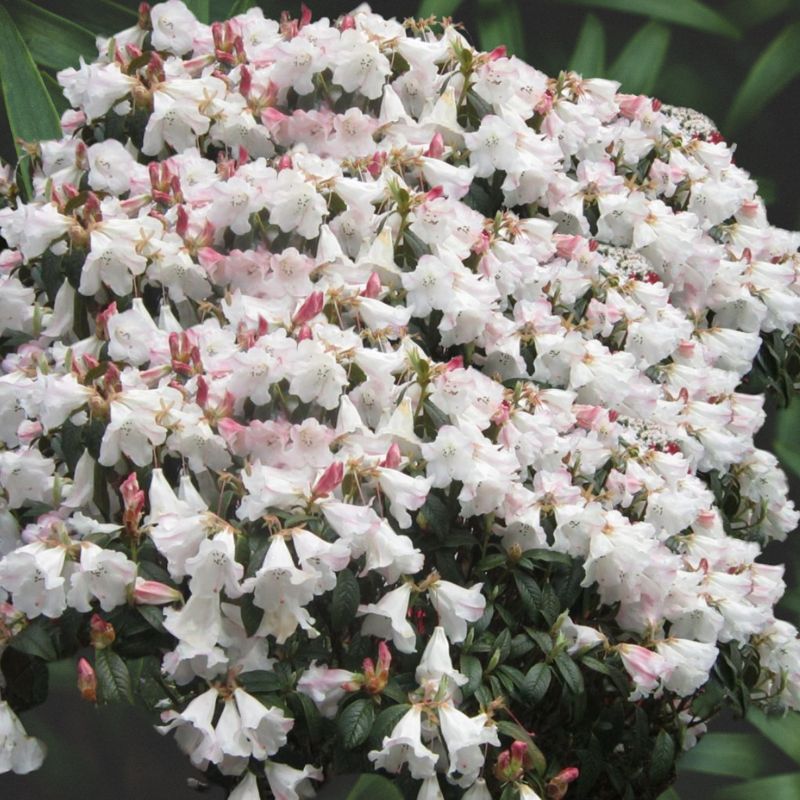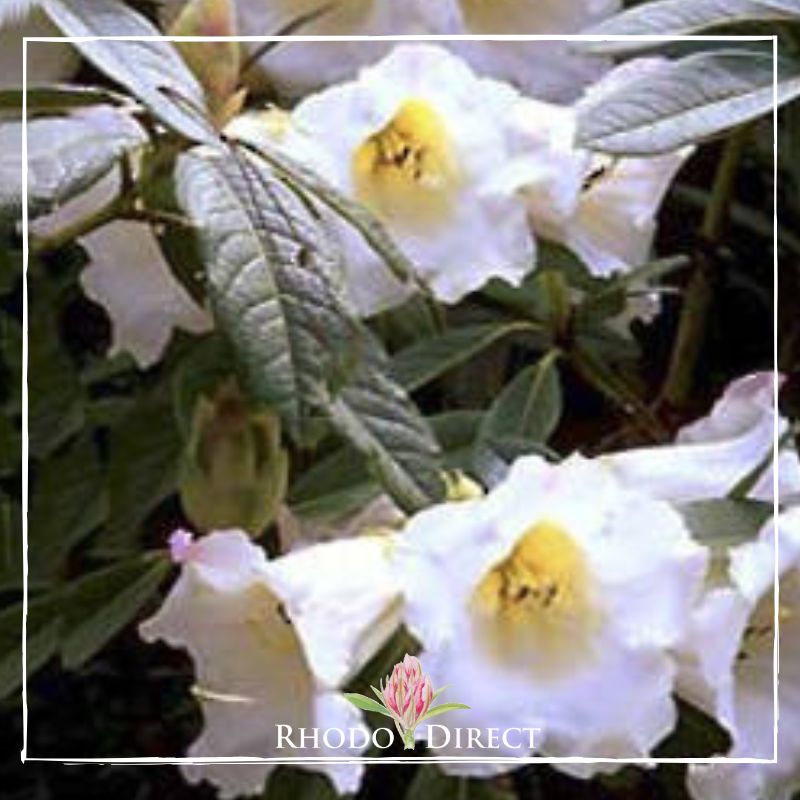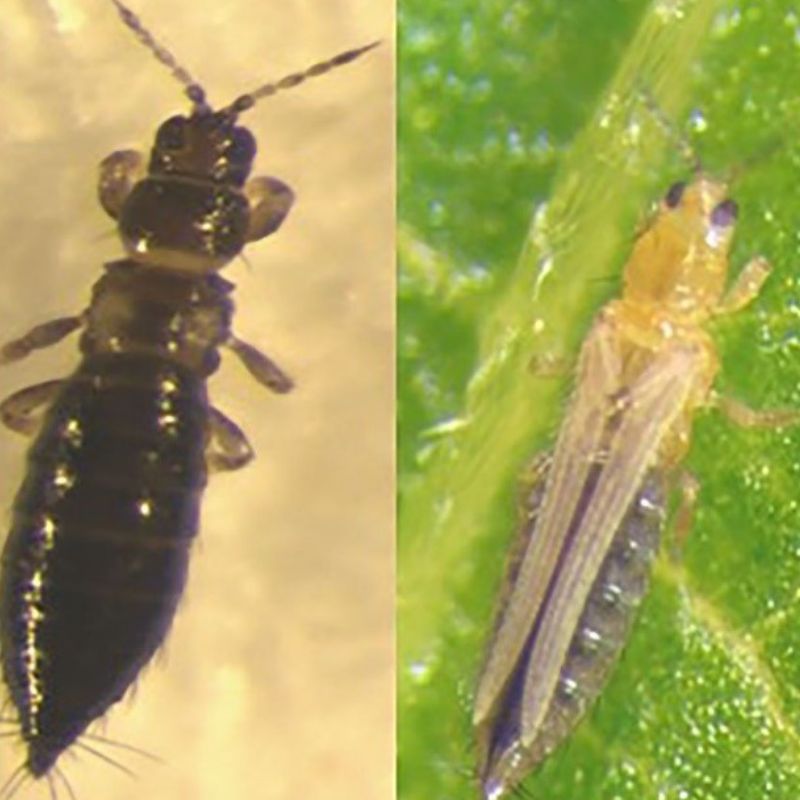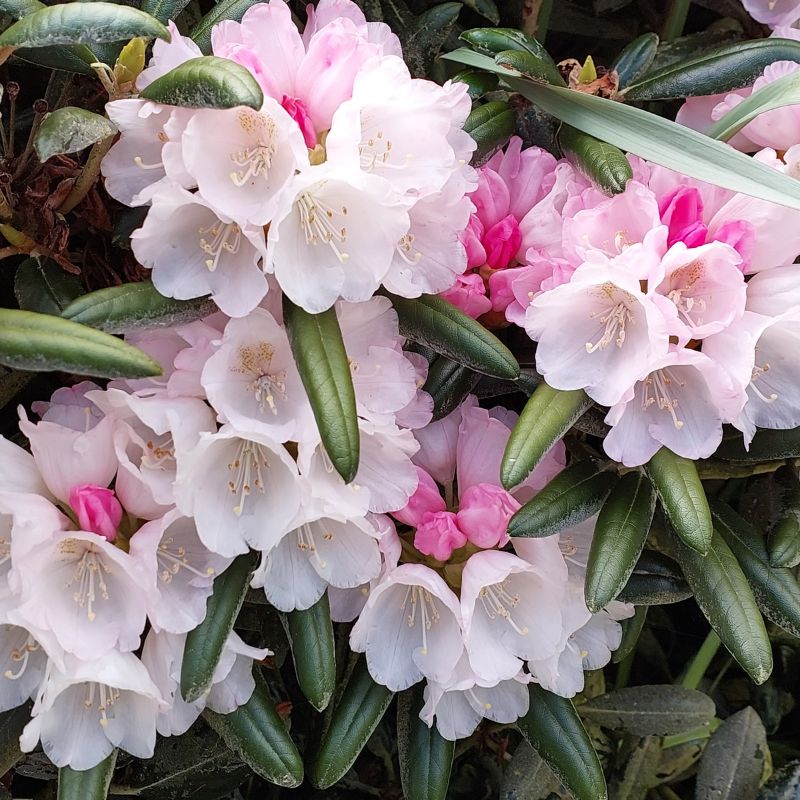Bud Blast
Bud Blast in Rhododendrons: Causes, Symptoms, and Control Bud blast is a common fungal disease in rhododendrons that primarily targets the flower buds, preventing them from blooming. The disease is caused by the fungus Seifertia azaleae, which results in the death of developing buds. Affected buds may turn brown, black, or silvery grey, depending on…
Read More
